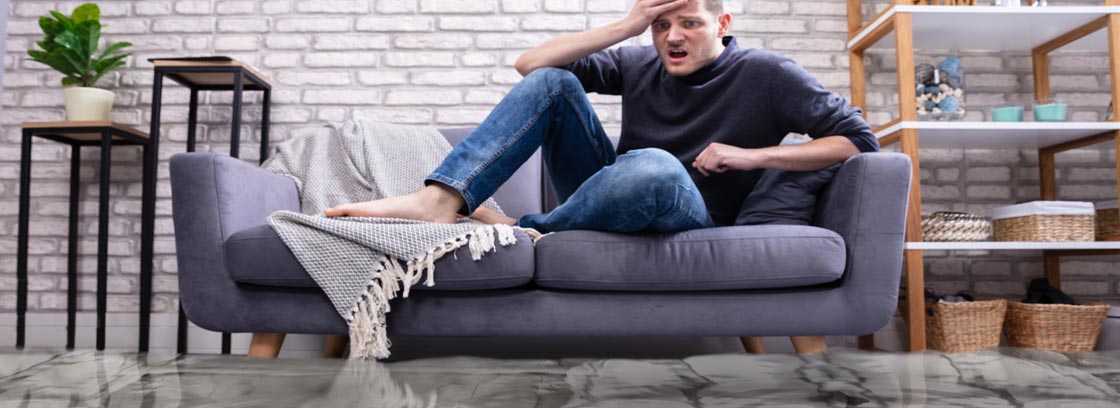Plumber’s Nightmare: DIY Plumbing Repair Mistakes Homeowners Make
Homeownership is complex. It often pushes people with good skill sets into situations they are not entirely prepared for. A banker or real estate agent is no better prepared to deal with plumbing or electrical problems than a teacher or social worker. For that reason, do-it-yourself plumbing repair and home improvement results can be a mixed bag.
Attempts at DIY plumbing repair are good examples of this principle. Sure, it can save a little money. But if done improperly, DIY plumbing repairs can result in water damage and costly repairs by plumbing professionals. Here are some of the most common DIY plumbing mistakes made by homeowners.
Forgetting to Shut Off the Water Supply
Residential water pressure ranges between 40 and 80 pounds per square inch. If a homeowner opens the water supply by removing a faucet or uncoupling pipes without closing the supply valve, the resulting leak will quickly flood the room. Make sure to shut off the water and turn the faucet on for a few minutes to allow the pressure to dissipate.
Using the Incorrect Material
Some pipes are approved for drainage, and some are approved for supply plumbing. It is important to know the difference. Improper material can add contaminants to the drinking water. Supply pipes need to be installed at a specific diameter to maintain the proper water pressure. Drainage pipes are often larger in diameter to accommodate sudden releases of water (pulling the plug in the tub).
Using the Proper Material Improperly
DIY plumbers make common installation mistakes, which include placing joints or pipes under unnecessary stress by trying to bend pipes rather than adding elbow joints or forgetting to support long pipe runs. Joints are of particular importance: improper joint installation can result in leaks, which may take days or months to develop.
Drains work on gravity, so drain lines must be installed with a downward grade. Drains that carry wastewater away from the kitchen should have a sufficient drop to prevent oils and grease from congealing on the pipe walls.
Improper Connections
Connecting pipes, joints, and fixtures with watertight seals is the only way to prevent leaks and the resulting damage. Connections between PVC and copper pipes are very different and require different sealants and techniques. Some connections use threads. Some threads require sealants, O-rings, or washers.
Overtightening connections can damage threads, O-rings, and washers, leading to water leaks. Under-tightening connections can allow water to pass through the sealant, leading to water leaks. Getting it just right can be difficult for inexperienced installers.
Poorly Installed Toilets
A toilet installation requires some very precise handiwork, since the supply water enters the bottom of the tank and the wastewater drains through a drain in the floor. The sealant between the toilet drain and the surrounding floor is a wax ring. The toilet must be lowered over the ring without damaging it; damage will result in a leak that can damage the subfloor, the flooring, and the surrounding structures.
Professional plumbers avoid these mistakes by following clearly defined building codes. These codes were developed to avoid mistakes, keep homes safe, and avoid damage. It is unlikely that a homeowner would be familiar with the plumbing regulations contained in local building codes.
Think You’re a DIY Plumbing Repair Pro?
While DIY plumbing repair may seem like a cost-saving solution, common mistakes like forgetting to shut off water, using incorrect materials, or improper installations can lead to significant water damage and expensive professional repairs.
Homeowners often lack the specific knowledge of building codes and techniques that professional plumbers possess, making DIY plumbing repair risky. For reliable and safe plumbing work that adheres to essential safety standards and prevents future costly issues, calling the qualified professionals at Doctor Cool is always the best choice.
As an award-winning, BBB-accredited AC Repair League City and HVAC installation contractor serving the League City and surrounding area, we pride ourselves in providing exceptional service to our customers. Call Doctor Cool & Professor Heat today at 281-338-8751 or email Doctor Cool.

